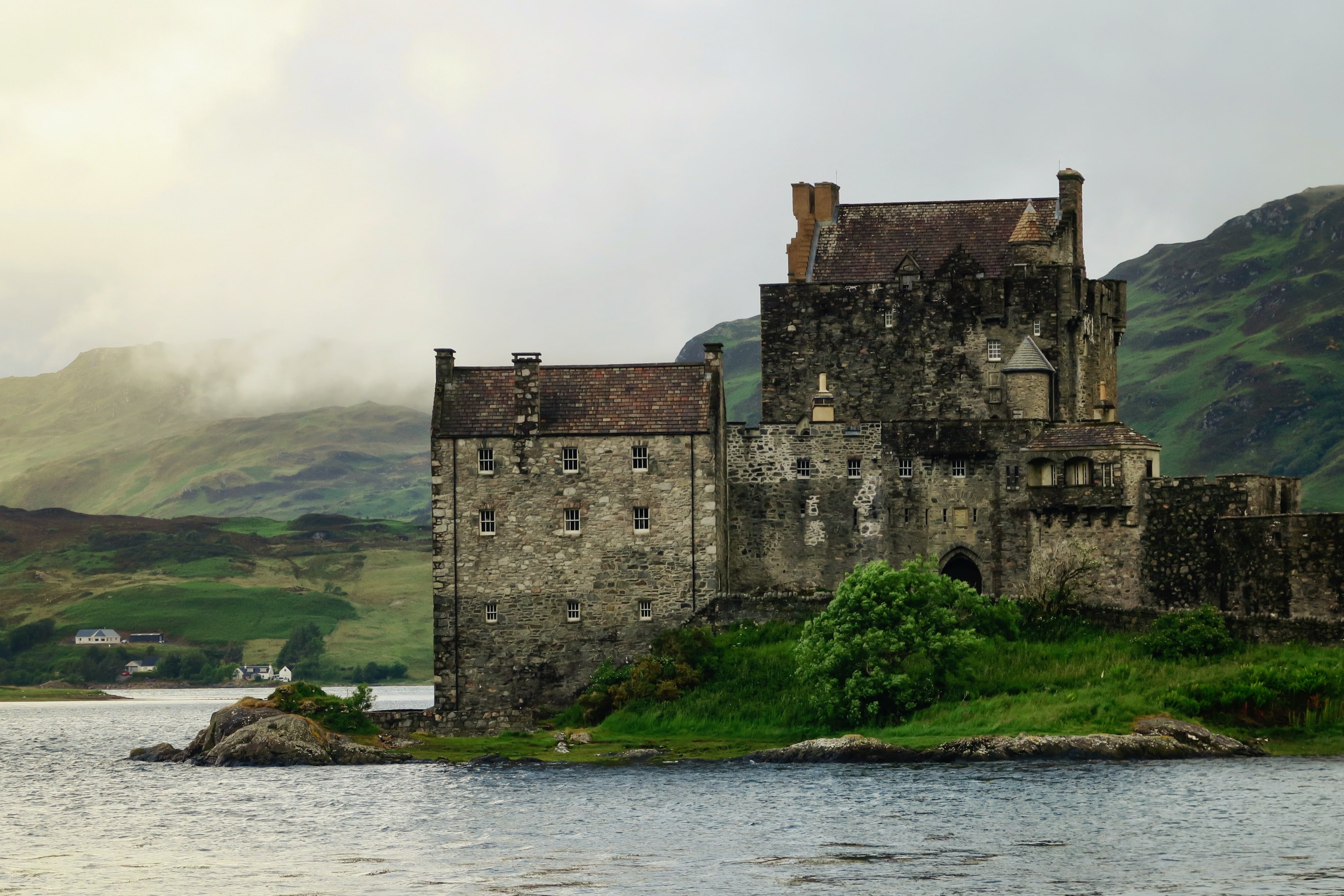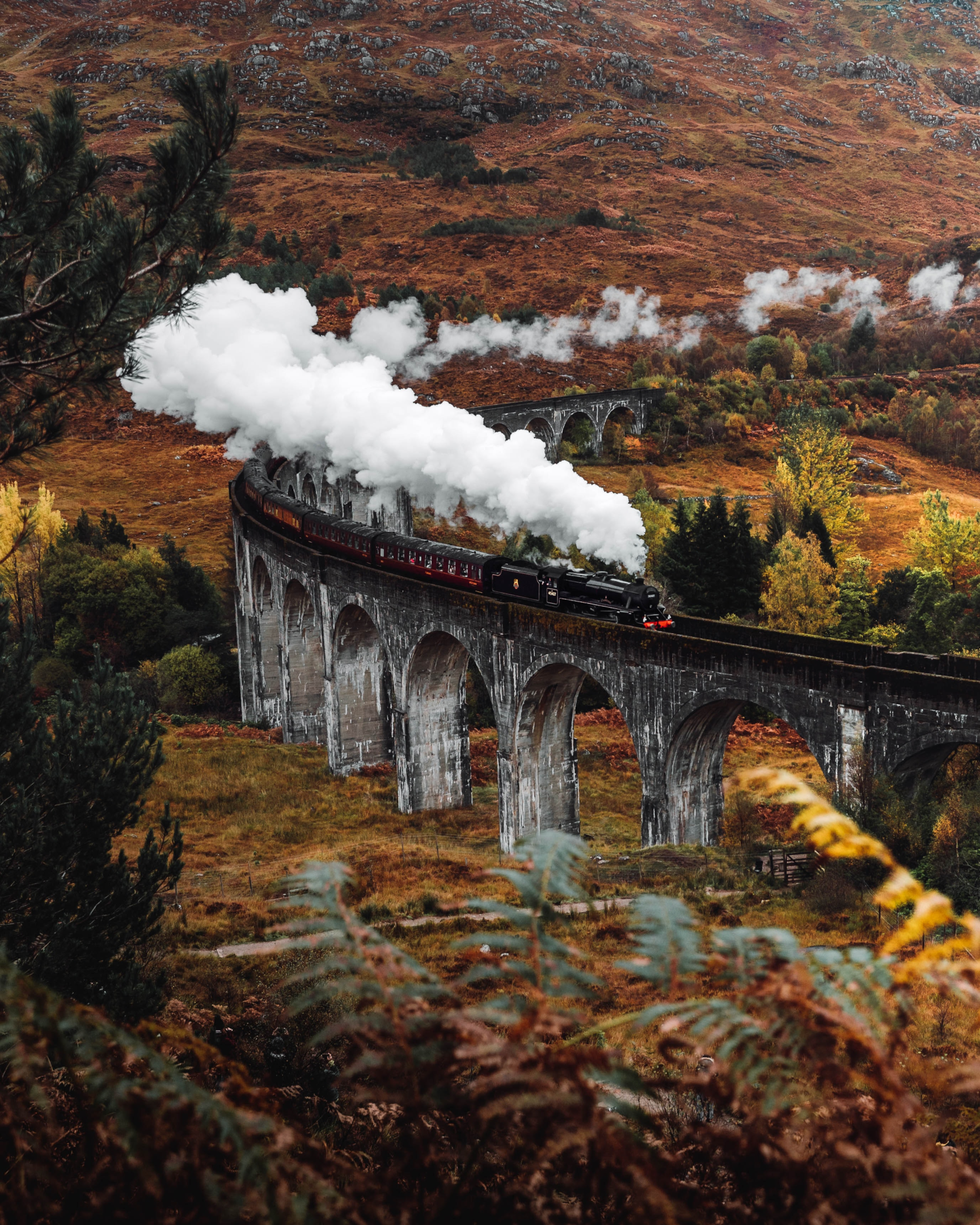Livingston history: facts and realities of the past

In a record from the early 12th century, Livingston is referred to as "Villa Levingi," which literally translates to "Leving's town."
The article provides information about Livingston history.
The region around Livingston is a portion of West Lothian, which was the location of the very first oil boom in the history of the world. Shale oil, which was extracted at a rate of around 3 million tons per year in the Livingston region by the year 1870, was necessary for the operation of this system.
The decrease in the output of shale oil that began in the early 20th century and persisted until 1962 was caused by the finding of liquid oil resources in various parts of the world.
The mining of oil shale is responsible for the creation of the distinctive "bings" that can be found across West Lothian.
Town called Livingston mosque
In addition to a large number of dwellings, the town center of Livingston was noted in the 1898 census as having a mill, a church belonging to the Church of Scotland, a church belonging to the United Free Church, a school, and a post office.
The structure in its current form, which was completed in 1732 and is now known as Livingston Old Kirk, is a stunning example of the straightforward Presbyterian architecture that was popular throughout the Georgian era.
Professor Sir David Livingstone: Early years of career
Livingstone was considered to be one of the most accomplished European explorers of Africa during his time. He was a missionary from Scotland who made it through to the central part of the continent, clearing the way for what is known as the "Battle for Africa."
On March 19, 1813, David Livingstone was born in the city of Blantyre, which is a suburb of Glasgow. At the age of ten, he started working at a cotton factory in the neighborhood while still attending studies at night. In the year 1836, he came to the conclusion that he wanted to prepare for a future career as a missionary doctor by studying both medicine and religion.
When he was just 21 years old, he was shipped off to the Kalahari Desert, which is located in the most remote part of Africa. In 1845, he married Mary Moffat, who was the daughter of another missionary serving at the same time.
Livingston village
When Livingstone returned from his journey, he was quite certain that he needed to preach the gospel to the people who lived deep within Africa.
This is what inspired him to go on his adventure. After making two more trips over the Kalahari Desert in the years 1849 and 1851, he finally caught his first view of the upper Zambezi River.
His four-year voyage, which began in 1852 and crossed the entirety of Africa from the upper Zambezi to the coast, was of tremendous assistance to Westerners in their understanding of the continent. In the year 1855, David Livingstone was the one who discovered the magnificent waterfall that would later be known as Victoria Falls.
Livingston history
In the month of May 1856, when he reached at the point where the Zambezi River empties into the Indian Ocean, he created history by being the first European to traverse the entirety of southern Africa.
David Livingstone returned to his home in Britain after his rapid rise to fame in South Africa. There, he embarked on a lecture tour and saw the publication of his best-selling book, Missionary Travels and Research in South Africa (1857).
After returning to Africa in 1858, he devoted the subsequent five years to his employment with the British government, during which time he conducted official surveys in East and Central Africa. The loss of his wife to malaria in 1862 was a devastating blow, and the fact that the government was unhappy with his travels in 1864 provided the impetus for his return to the United States.
After traveling back to Europe, Livingstone was able to get funding from private sources that would allow him to continue his quest for the source of the Nile in Central Africa. This journey started in 1866 and lasted until 1873, which was the year when Livingstone passed away. Henry Stanley, an adventurer, and writer, decided to search for David Livingstone after several months had gone with no news from him.
When Henry Morton Stanley and David Livingstone eventually crossed paths in October 1871 at Lake Tanganyika, Stanley said the now-famous phrase "Do I hear Livingstone?" Livingstone did not give up on his mission to find the source of the Nile even after Stanley provided him with additional supplies.
His health had been deteriorating for some time leading up to the day that he passed away on May 1, 1873. His body was transported back to England in a coffin, and Westminster Abbey in London served as his last resting place.
Livingston now has a brand-spanking-new township of its very own.
The New Towns Act of 1946 established Livingston as a new town on April 16, 1962. This was done to relieve the pressure of overpopulation in Glasgow. In a ranking of Scotland's five new towns, Livingston came in at position number four.
The Livingston Development Corporation is a quasi-governmental organization that was established with the purpose of planning, carrying out, and promoting Livingston's future (LDC).
The South Livingston station on the Shotts line and the North Livingston station on the remodeled Edinburgh Bathgate line were both built in the 1980s, respectively. Both stations are located in Livingston.
By 1980, LDC controlled an overwhelming majority of the housing stock in the city. By 1996, however, sales and an increase in the proportion of privately owned homes had brought LDC's stake down to around forty percent. The Livingston Development Corporation was the most important organization in the city right up to the day when it ceased operations on March 22, 1997.
In September of 2021, the municipality filed an application to be considered for inclusion in the Platinum Jubilee Civic Honours program that was being run in the United Kingdom. Despite the fact that the town's application to become a city was denied, it celebrated its 60th anniversary in the year 2022.

Livingston Peel
Eliburn was the location of the construction of the first defensive tower for Livingston, which came to be known as the Livingston Peel. In a later era, people started constructing towers as their primary place of residence.
There was a group of farmhouses and barracks that dated back to the 19th century that used to be located to the west of Eliburn, close to where Appleton Parkway is located now. The Bogyates were a series of residences built in the 20th century that were on the edge of the woodland that was located along Kirk Road.
The Eliburn Reservoir
In the town of Eliburn, you'll find the popular fishing spot and reservoir known as Eliburn Reservoir. The body of water, which was once known as Deans Reservoir, has an area of around 3 acres, has a maximum depth of 13 feet, and welcomes fishermen with day tickets throughout the whole year.
The West Lothian Coarse Anglers (WLCA), a non-profit group open exclusively to members, is in charge of the management, stocking, and upkeep of the reservoir. There are so many parks in this area, such as deer park, Livingston skate park, etc.
Geography of the area
According to the results of the census that was conducted in 2011, Livingston was the third biggest city in Scotland and the eighth largest city in the United Kingdom. It has the 171st highest population of any of the cities in the UK.
The Almond vale area was named after the river that was supposed to run through the town centre of Livingston, so it is only appropriate that the neighborhood be given that name.
Livingston is surrounded by the communities of Wester Dechmont, Deans (including the Deans Industrial Estate), Kirkton, and Houston (Houston Industrial Estate).
Craigshill is located to the east of Livingston. Bellsquarry and Murieston are located to the south of Livingston. Adambrae and Kirkton Campus, West Lothian college are located to the east of Livingston.
Geology in the Livingston
In terms of its geology, Livingston is quite similar to the rest of West Lothian. Like the rest of West Lothian, Livingston is predominantly made up of boulder clay and has a history of glaciation.
Before the construction of Livingston new town, west Lothian council was using the majority of the land in its surrounding area for agricultural purposes; the majority of the harvesting took place along the River Almond , which features fertile alluvial soils.
